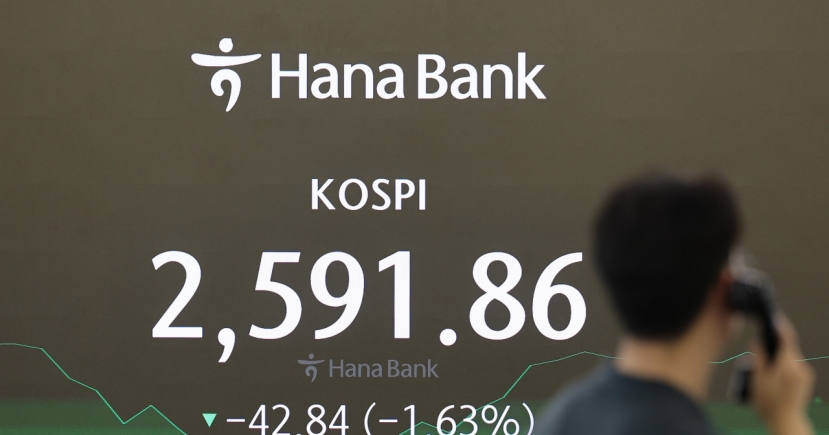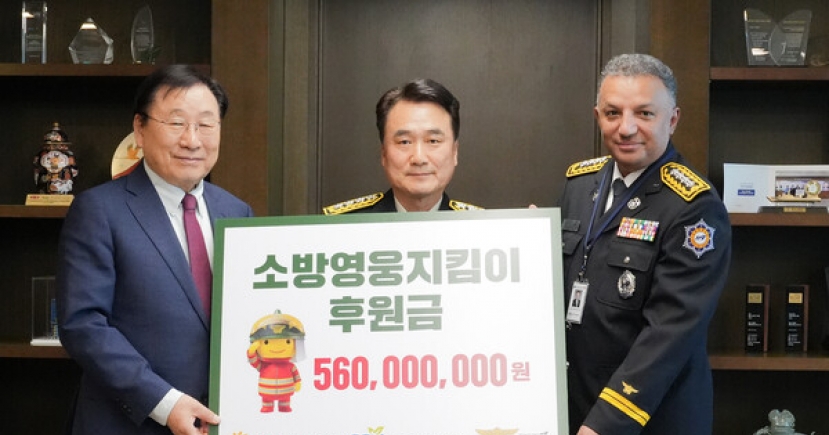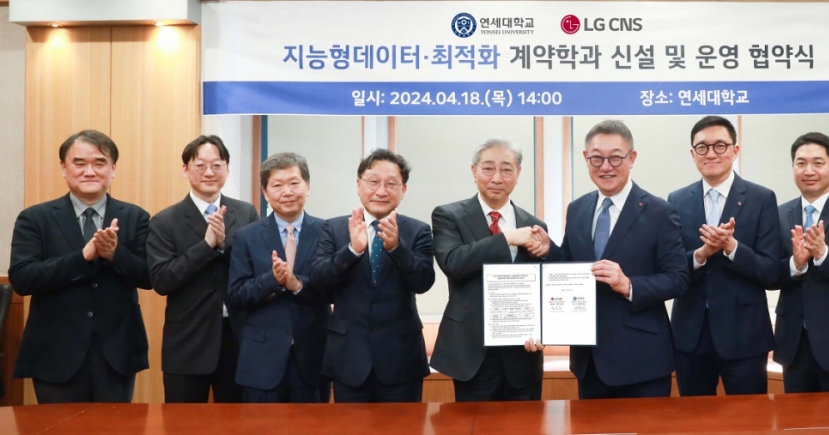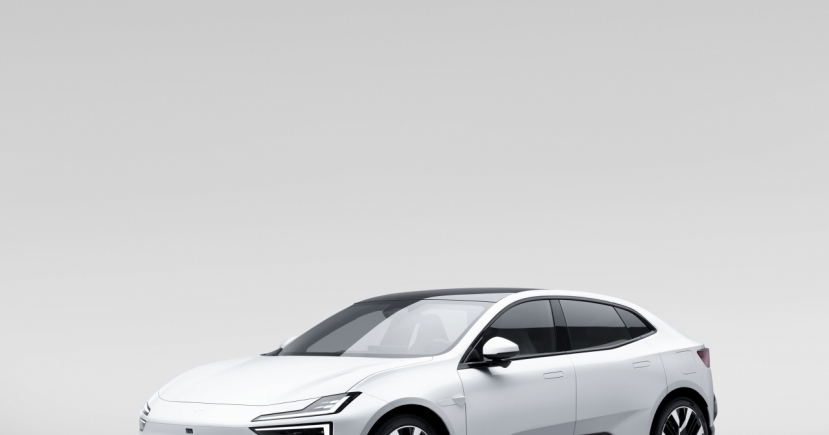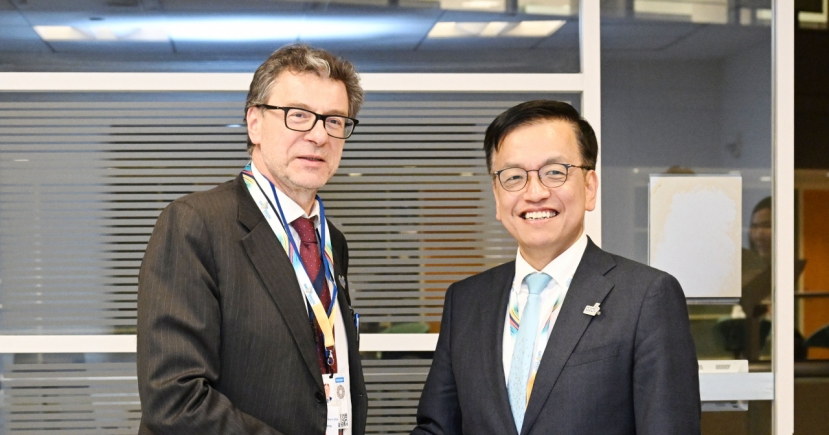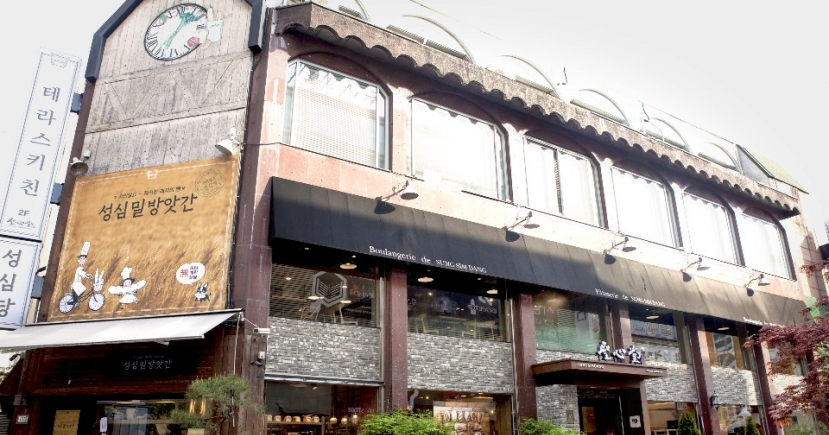Retail & Consumer
[INTERVIEW] Alice Martha pursues new markets with no-frills fast fashion
[THE INVESTOR] Kwak Chang-hun is a force of energy, the type of man that seems to speak with his whole body.
"You want an Americano? Let me make you an Americano. I just bought this machine," he said as he bustled towards an espresso machine sitting behind the counter at bag brand Alice Martha‘s offices in Seongbuk-gu, Seoul.
A rapid-fire talker seasoned in the intensely competitive wholesale Dongdaemun fashion market, Kwak has used his salesman demeanor and connections in the bag industry to build Alice Martha from the ground up into an international brand in just three years.
“I didn’t start with bags. I did work with bags, but I‘ve worked in denim, in apparel in general...bags is just where I settled,” he said.
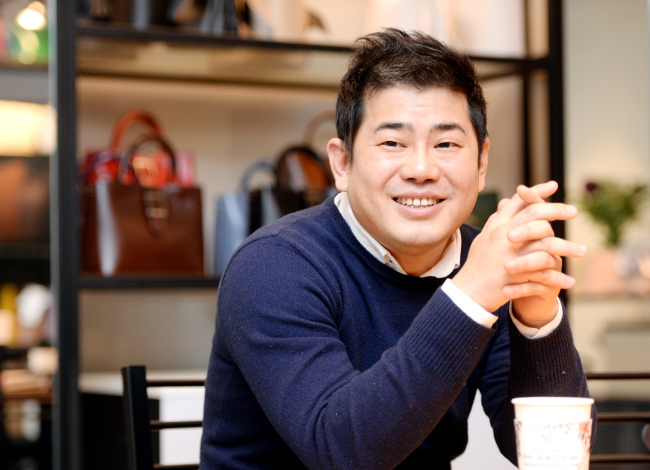 |
Alice Martha head executive Kwak Chang-hun (Park Hyun-koo/The Korea Herald) |
After working for over a decade in wholesale and OEM, Kwak developed an eye for the designs and price points that bring economies of scale. Alice Martha specializes in making simple bags at consumer-friendly prices under 100,000 won.
“I have background knowledge in how these bags are made, so I know where I can cut costs,” Kwak said. “The first thing we do is to remove all decorative elements. Decorations are all money. Then we cut out unnecessary fabrics in places that aren’t visible, like inside trimmings.”
Kwak owns his own factory where he quickly churns out designs to test in the market.
“My employees make a few samples, then I send them out on the streets carrying the bags to see which ones catch other people‘s eye. The ones that get a good response are the ones we launch.”
Alice Martha makes about 500 pieces per color per design, but some stop at 100 or 200 pieces depending on the response. Kwak coolly acknowledges that Alice Martha’s competitiveness is a purely consumer-driven aesthetic and low prices, rather than quality or a designer philosophy.
“Our turnover is our strength. We don’t hesitate to toss out designs that don’t work, and we keep the ones that keep selling,” Kwak said. “In the beginning, we only had about 10 designs. We’ve worked to expand that to 70 designs. We’ve only completely sold out of two designs. The rest we keep making as long as there’s demand.”
The strategy has worked -- Alice Martha currently brings in about 8 billion won ($7.3 million) in sales annually, and operates online stores in English and Chinese in addition to its offline sales.
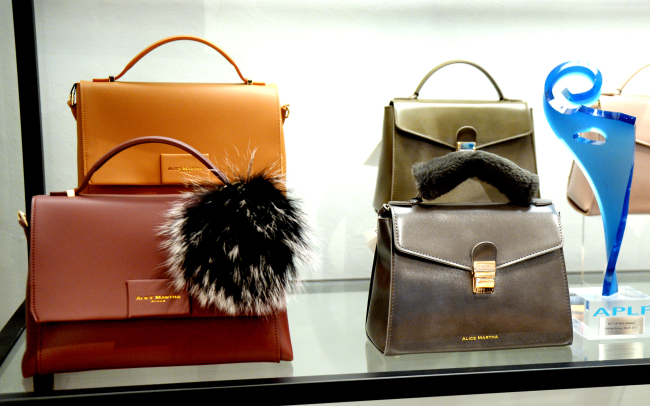 |
Bags from Alice Martha (Park Hyun-koo/The Korea Herald) |
Kwak says that the secret to his success was a joint strategy of online and offline sales.
“There are plenty of other companies that make cheap bags, but we moved first in taking our brand offline,” he said. He first targeted multi-brand shops and focused on selling in as many shops as possible.
“The more you see bags in person, the better they look,” Kwak said.
After building up a consumer base with multi-brand shops, Kwak received a call from Lotte Department Store to present his products last year. At the start of 2017, Chinese companies came calling.
“We got a few calls from Chinese companies wanting exclusive supply contracts, but I hadn’t done business there before so I was skeptical,” Kwak said. Kwak ran a few deals with Chinese sellers through vendors, and when he saw the growth potential he created an export team. In March, he headed to Hong Kong for the global leather trade show APLF and picked up a Best of APLF award.
“Winning that award opened a lot of doors for us,” he said. With support from trade agencies like the Korea Trade-Investment Promotion Agency and the Korea International Trade Association, Alice Martha is expanding its reach to places like Australia.
As sales grow, Alice Martha is bringing some changes to its strategy as well, launching a new Black Line exclusively for Alice Martha’s directly operated brand stores and export. With a stronger brand image, Kwak plans to continue growing his consumer base in Korea while pursuing new markets overseas.
“We started with China, but there are other markets where our designs could work. My friends in Dongdaemun have pointed to markets like Malaysia and Taiwan, so we’re looking into more opportunities,” Kwak said.
By Won Ho-jung/The Korea Herald (hjwon@heraldcorp.com)


